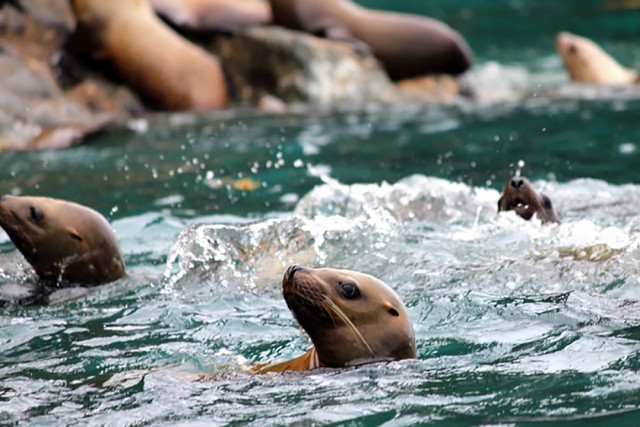A Better Way to Rebuild Wildlife Populations

If you build it, they will come. That’s historically been a common approach to species recovery: Grow the prey population first and predators will quickly return. As it turns out, that’s not quite the case. A new study has found that restoring predator and prey species simultaneously speeds the recovery efforts of both.
Published in the journal Nature Ecology and Evolution, the paper by a team of scientists that includes UC Santa Barbara researchers used models and case studies to examine the pace of species and ecosystem recovery efforts. They found that tandem recovery of predators and prey is almost always more efficient — and on average about twice as fast — as sequential recovery.
“Previous work has shown how high demand for resources has led to the overexploitation of species throughout the food chain in a number of ecosystems,” said co-author Adrian Stier, an assistant professor in UCSB’s Department of Ecology, Evolution and Marine Biology. “We show how synchronized restoration of these species is nearly always the more rapid and direct path to ecological recovery. Restoration takes longer when predators recover first, but when prey recover first the system is more prone to volatile population fluctuations.”